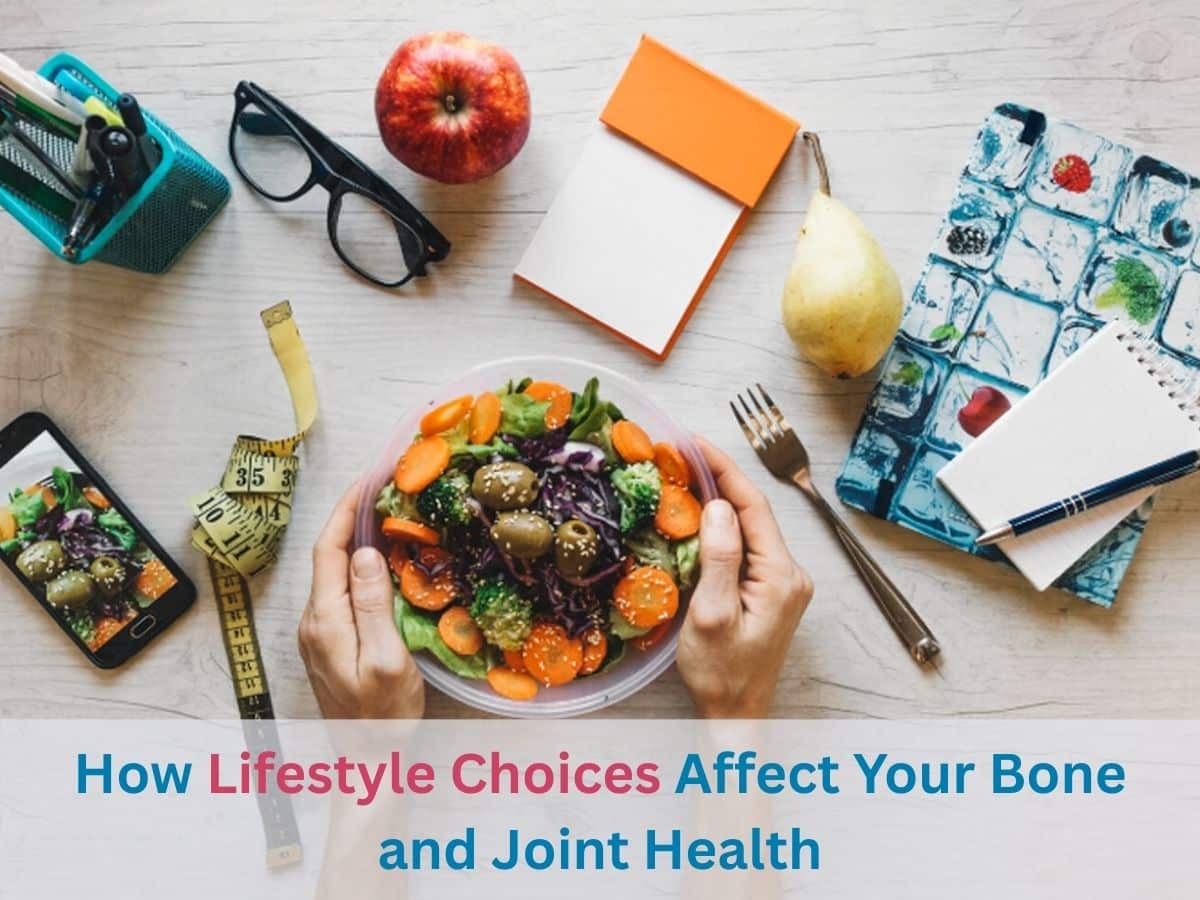
How Lifestyle Choices Affect Your Bone and Joint Health
Essential Nutrients For Bones And Joints
Food doesn’t just feed your hunger. It builds the scaffolding of your body. Calcium acts like cement for your bones, while vitamin D is the mason, helping lay it down properly. In India, calcium is often consumed in dairy form like milk, curd, and paneer. But what about those who are lactose intolerant or vegan? Leafy greens like drumstick leaves, ragi (finger millet), and sesame seeds can be powerful alternatives.
As for vitamin D, early morning sun is ideal. Yet, between indoor jobs, city pollution and covered clothing, many Indians fall short. Supplements may be needed, and it’s wise to consult an orthopaedic doctor in Secunderabad for a tailored approach. Incorporate flaxseeds into your chapati dough or snack on walnuts. Fish lovers can enjoy sardines and mackerel – both rich in omega-3 and easily available in Indian markets. Bones are not just minerals. They’re 50% protein by volume. Without enough, healing slows down and strength diminishes. Add pulses, paneer, eggs, and soy into your meals, on a regular basis.
Best Types Of Exercise For Joints
Bones respond to pressure. That’s how they grow stronger. But the kind of pressure you apply matters. Think soft encouragement, not punishment. Jogging on soft mud paths, rather than concrete, is gentler on the knees. Activities like skipping and hiking also keep your joints engaged, especially the ankles, hips, and spine. Lifting weights builds muscle, and those muscles act as shock absorbers for your joints. Start with light dumbbells or resistance bands. Even bodyweight movements like planks and wall-sits offer powerful benefits.
The Perils Of Inactivity
A sedentary lifestyle quietly chips away at bone strength. Joints stiffen. Muscles shrink and bones lose density. A sedentary adult over 50 could face up to a 50% higher risk of fractures than an active peer. Even basic activities like walking to the local market, sweeping the floor, and stretching during work breaks can reverse this decline.
Lifestyle Habits That Influence Joint Strength
It’s not only what you do. It’s also what you avoid. Everyday habits play a starring role in your joint and bone story. Nicotine narrows blood vessels, reducing nutrient flow to bones. Smoking delays healing and increases the risk of osteoporosis. Quitting smoking is like removing termites from a wooden frame. The sooner, the better.
While a glass of wine at dinner isn’t harmful, regular heavy drinking blocks calcium absorption and slows new bone growth. Indian-style weekend binging can do more harm than you think. Stick to moderation. No more than one or two standard drinks per day.
Consult the best orthopaedic doctor in Gachibowli for personalised recommendations.
People often wait until the pain becomes unbearable. But with bones and joints, early care works like a good insurance policy. It saves you from damage you didn’t see coming. Just like you visit your family doctor for general health, seeing a bone specialist annually is equally important after age 40. If you’re dealing with lingering joint pain or suspect ligament issues, connect with the best ACL surgeon in Hyderabad for early intervention. Excess weight acts like carrying a backpack all day, but on your knees, so look for effective ways to manage your weight in the long term.
Conclusion
Our joints are not just body parts. They are the turning points of our lives, literally. Feed them wisely. Move them regularly. Listen to their complaints and when something feels off, don’t wait. A visit to the best orthopaedic doctor in Secunderabad or a sports medicine specialist in Hyderabad could make all the difference. Strong bones don’t shout for attention. They just keep you moving, living, thriving. Take care of them so they can keep taking care of you.







